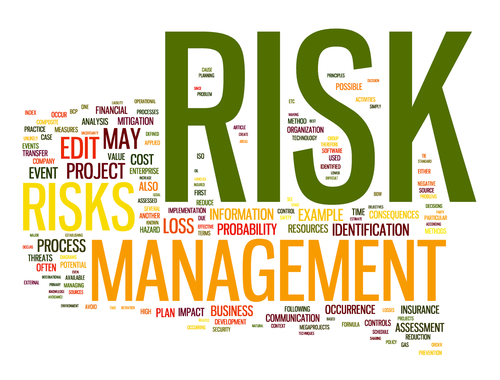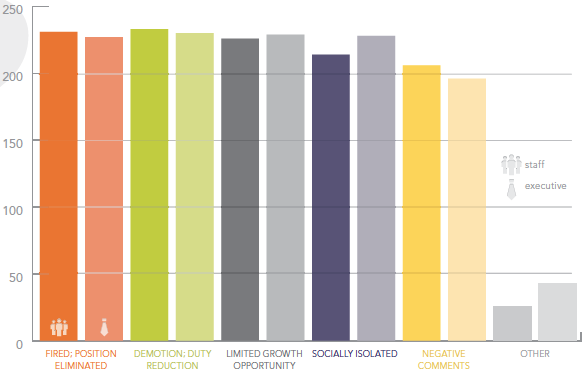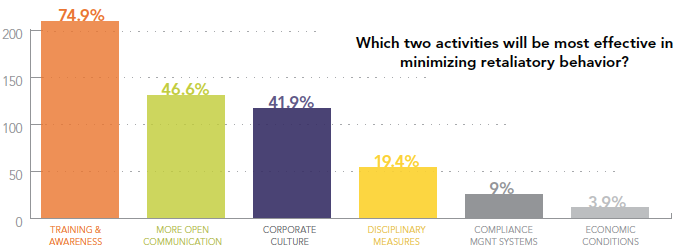Welcome to the newest edition of the Cavalcade of Risk. Below you will find pertinent blog posts by knowledgeable people in the risk management and insurance community. Let us know what you think in the comments section below.
- Insurance Claims and Issues: Dennis Wall writes about computer models and how they have been used to predict losses in support of premium rate increase requests by homeowners and other property insurance companies. Now, as Wall writes, they are being used to “predict” known losses after hurricanes, starting with Hurricane Sandy damage claims.
- InsureBlog: Henry Stern explains why it can be mighty risky getting injured in the Land of Thor!
- Workers Comp Insider: Julie Ferguson looks at the implications for employers with the newly enacted state marijuana initiatives in her post, “Marijuana: coming to a state near you – and probably sooner than you think.
online pharmacy lariam with best prices today in the USA
“
- Work Comp Roundup: Michael Stack warns about workers comp advice you may find on the internet. Seeing should not always mean believing in this case.
- The FCPA Blog: Russell Stamets pens a post about India’s new anti-corruption movement. Media savvy anti-corruption activist Arvind Kejriwal, who rocked the Indian political and business establishment over the past few weeks with dramatic accusations of corruption, has formally launched a political party.
- The Healthcare Economist: As Jason Shafrin writes, the Affordable Care Act requires that plans that participate in the health insurance exchanges meet certain actuarial value guidelines. A newly-released tool, the Actuarial Value Calculator, will help insurers determine whether or not their plans meet the actuarial value regulatory requirement.
Don’t forget to check the next Cavalcade of Risk, hosted by the one and only team of Rebecca Shafer and Michael Stack of Work Comp Roundup.





